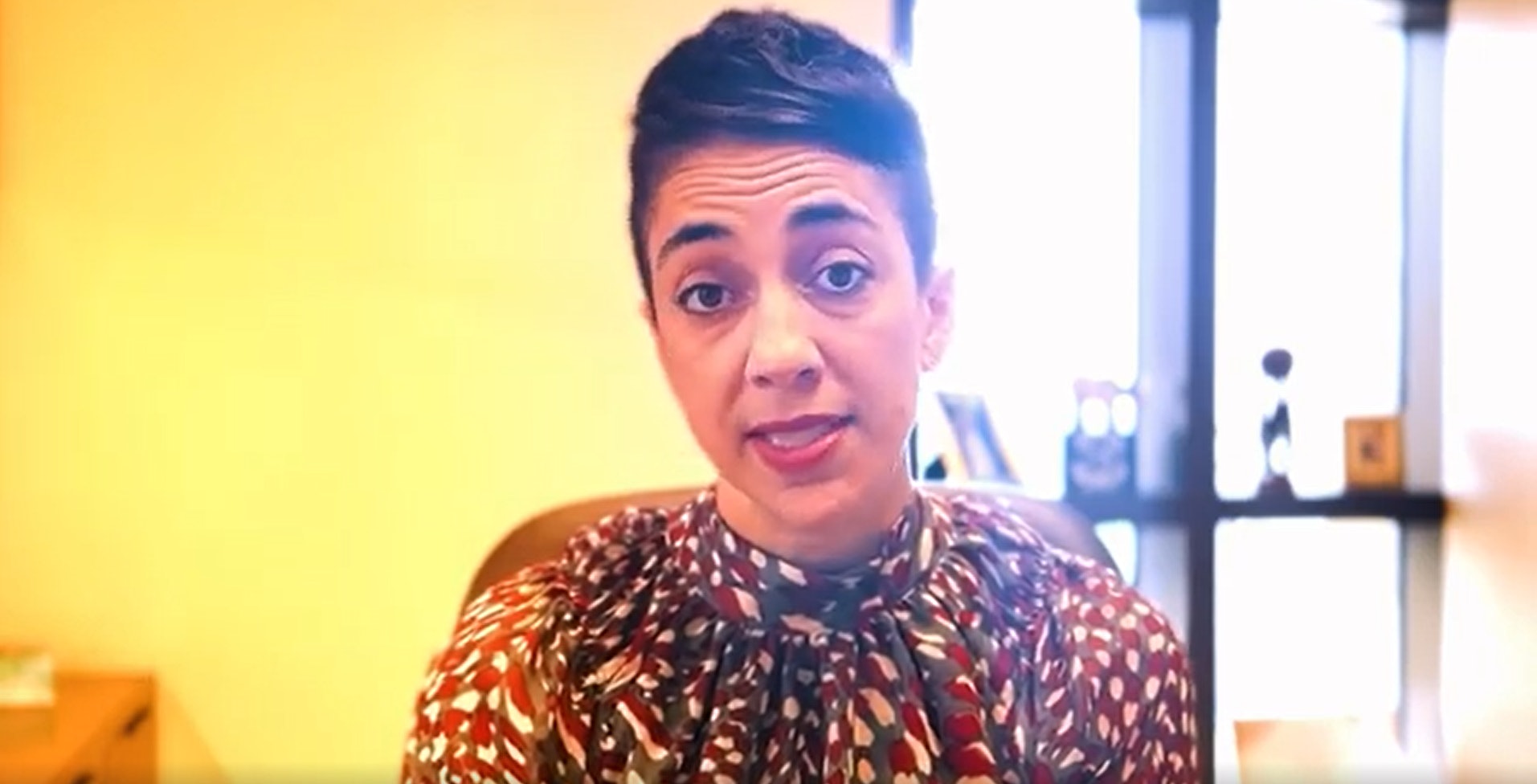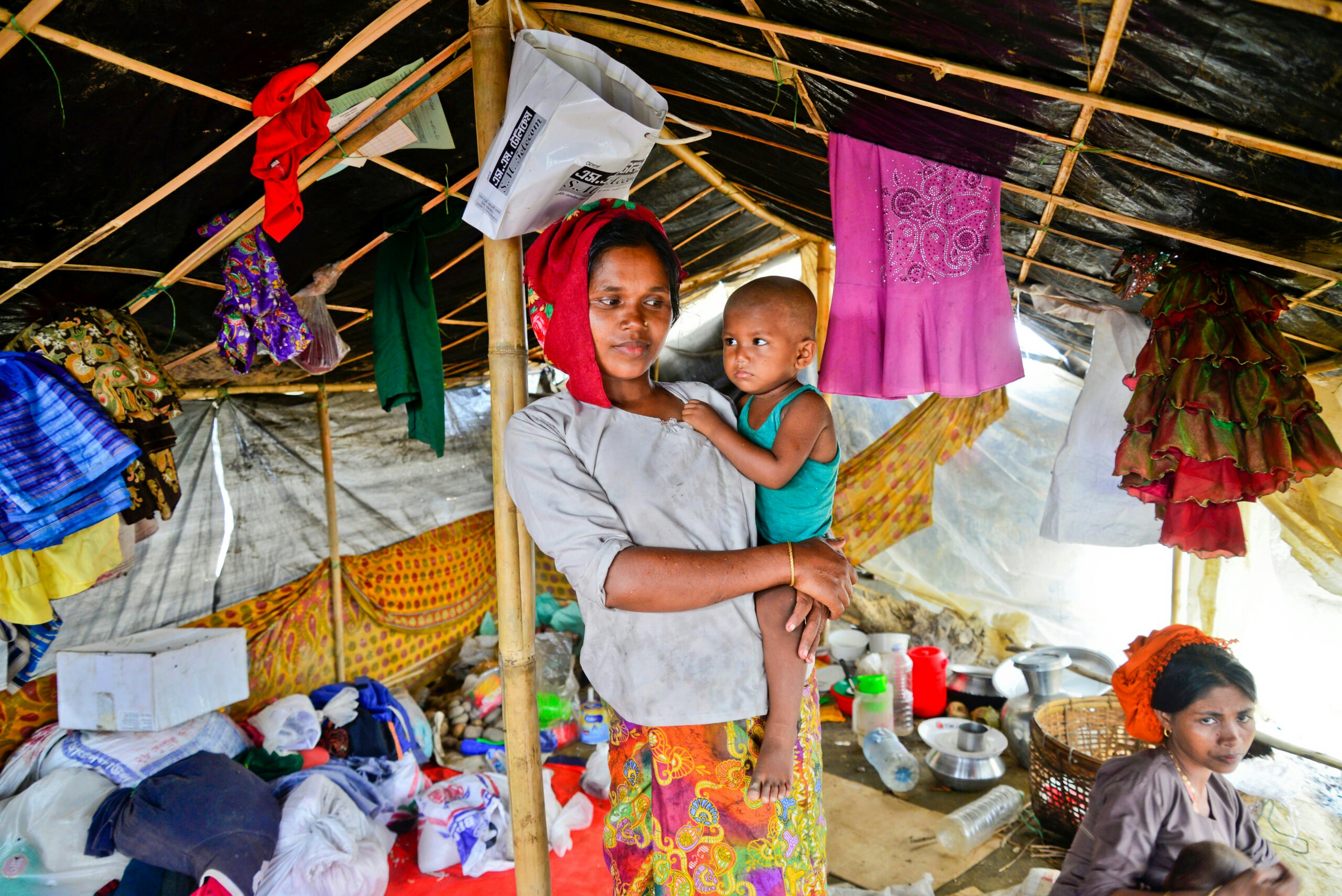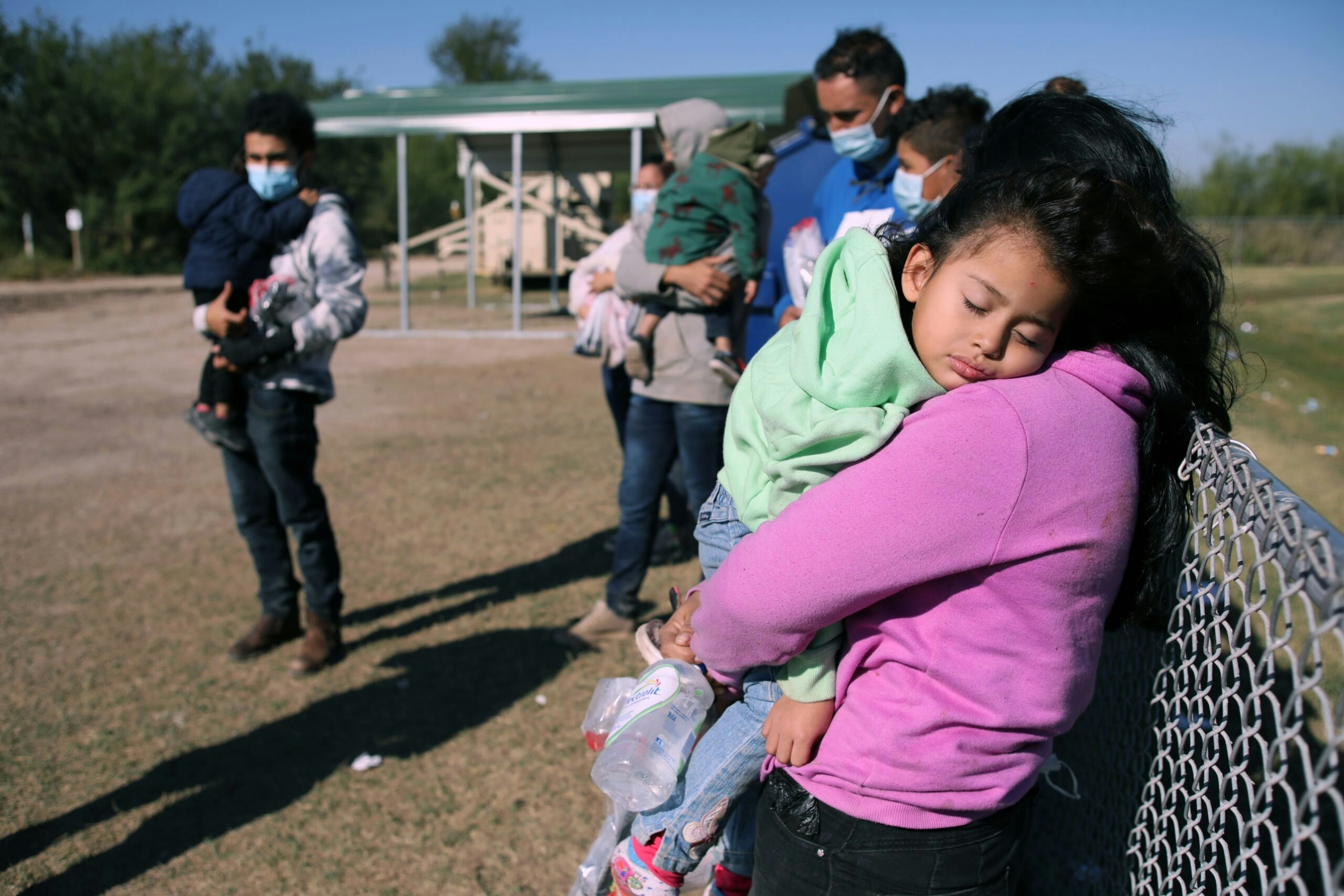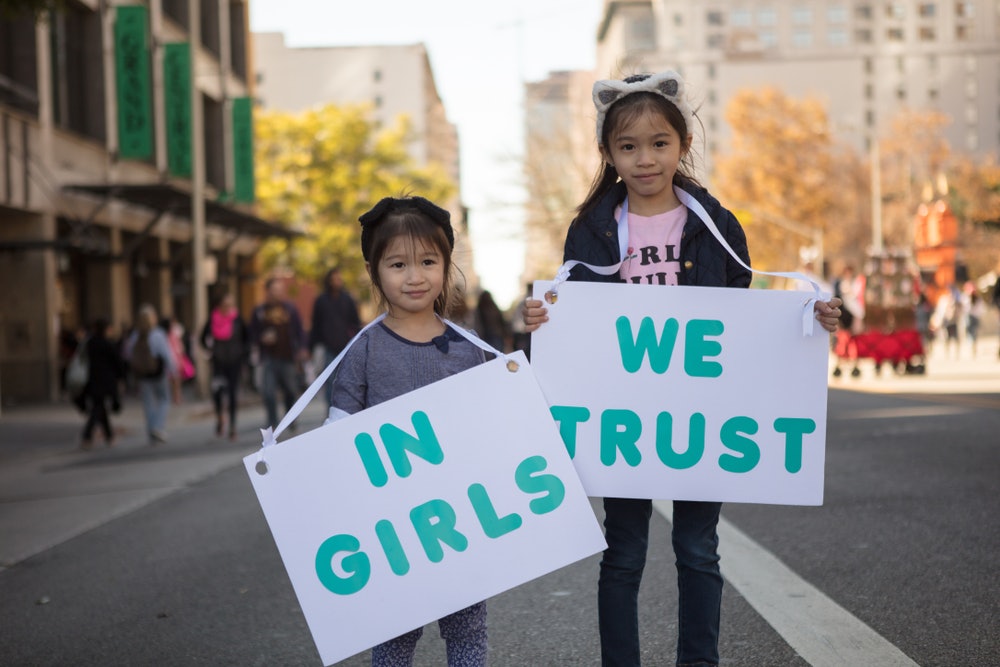ABOUT THE LEADING CHANGE SERIESWomen in Afghanistan have experienced incredible progress over the last ten years, and the hard-won gains of the...
ABOUT THE LEADING CHANGE SERIES
Women in Afghanistan have experienced incredible progress over the last ten years, and the hard-won gains of the last decade must not be reversed. Girls have returned to school to become educated, like their brothers, and women are serving as provincial governors and members of the National Assembly. Their stories inspire us, and remind us of what is at stake for Afghan women.
As part of the Women’s Initiative Afghan Women’s Project, we have launched a blog series that spotlights the success stories of courageous Afghan women and girls.
HASSINA SHERJAN
As a young woman in Kabul in the 1970s, Hassina’s experience of life in Afghanistan was one of freedom and opportunity. Many women in Hassina’s family worked: some as teachers, others as politicians and entrepreneurs. Her mother opened Afghanistan’s first floral shop and imported the country’s first popcorn machine.
Hassina’s family immigrated to the United States from Afghanistan in 1978, just two months before the Russian invasion. The family settled in Seattle and began the process of integrating into a new country and culture. Hassina and her two brothers learned English, learned to drive and completed their education.
When Hassina learned of the plight of Afghan women under the Taliban in the 1990s – forbidden to go to school, forced to don a burqua, and restricted from moving freely around their towns and villages – she could not believe it to be true. In 1999, Hassina traveled home to Afghanistan and spent two weeks meeting with women and children, many of whom had been forced to the streets for survival and had little hope for continuing their education. Before returning to the United States, Hassina invested $3000 in five clandestine schools for 250 girls in Kabul. Despite violent attacks on both teachers and students, the schools continued to educate girls until the fall of the Taliban from power. When they reintegrated into the formal education system, the girls entered, on average, two grade levels ahead of their peers.
The events of September 11, 2001 stirred mixed emotions within Hassina. As a citizen of the United States, she grieved the devastation in the aftermath of the attacks; but, in the same moment, she saw a window of opportunity for freedom to come to the people of Afghanistan. As an Afghan, she felt hope for the reconstruction of a stronger Afghanistan, and decided to return home to participate in the rebuilding of her country.
AID AFGHANISTAN FOR EDUCATION
“Education is a foundational requirement of any successful society,” Hassina believes. “During 20 years of war [mujahedeen wars followed by the Taliban rule], we lost three generations. Very few people pay attention to the fact that we need the whole population to be educated if we want a successful democracy in Afghanistan.” Afghanistan today suffers from one of the highest illiteracy rates in the world – 72% of the population is illiterate. Among women, only 12% can read and write.
When Afghanistan reopened schools in 2002, Hassina noticed that there were no special programs for young women who had missed the opportunity to study during years of conflict and, as a result, were years behind in school. With initial funding from the Danish embassy, she launched Aid Afghanistan for Education (AAE) and opened three girls’ schools in Kabul. With a $127,000 investment, Hassina renovated three school buildings that had been destroyed, hired teachers and enrolled 1100 students. The government of Finland was the next to support her work, and five more schools were opened in the following year.
AAE programs specifically target marginalized groups of Afghans who otherwise would not have access to education. Afghan Ministry of Education (MoE) code prohibits children older than 10 years of age to begin school, and does not allow married girls or women to reenter the public education system. AAE provides these students with the opportunity to begin or continue their education in an accelerated program. Because AAE classes continue year-round and observe a longer school day, students can condense 12 years of education into eight years.
AAE now operates 13 schools in nine provinces throughout Afghanistan, and educates more than 3000 young women annually. Hassina recently expanded AAE’s work to include boys. “Donors have not paid close attention to boys in Afghanistan,” she argues, “and I think we see the result now.” Without education and an ability to make a living, boys and young men are more susceptible to recruitment to anti-government or extremist groups.
Hassina believes that AAE’s work in education is vital to the rebuilding of a stable, peaceful and prosperous Afghanistan. The effort is urgent: “We need to work to ensure all have access to education,” she says. “We don’t have time to focus on children only. Afghanistan cannot afford to wait another 30 years.”
Click here to read more stories from the Leading Change Series.




























